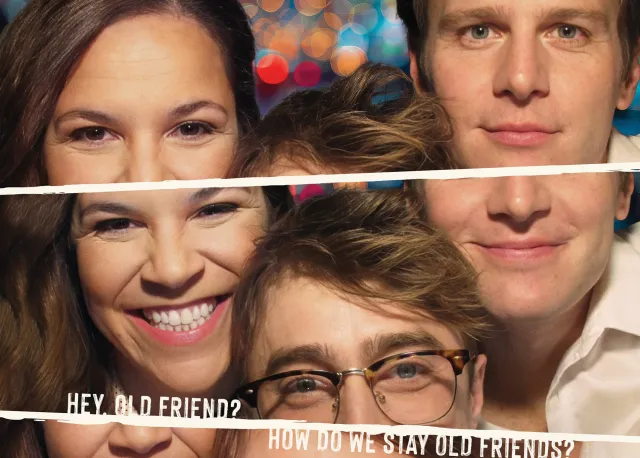
A few months ago, Newsweek magazine ran an article detailing why Asian-American men have become the latest “trophy boyfriend.” To sum up: it’s perceived that they are sensitive, hard-working, and make a lot of money. The three-man performance group Slant has spent the last few years satirizing such stereotypes associated with Asian-American masculinity. Their explosive 1995 debut Big Dicks, Asian Men was a hilarious exposé on our culture’s obsession with the correspondence between penis size, race, and masculine behavior.
So, is the trio pleased with Newsweek‘s take? “It’s nice to be perceived as great people instead of assholes,” says Slant member Wayland Quintero. “But the article is based on seeing an Asian-American man with a white woman. So, the standard again has to do with now that white women are dating us, we’re okay.”
“I think the article generated a lot of dialogue,” counters fellow performer Perry Yung. “It even got some people to come to one of our shows when we were on the road. Mike Kang [a filmmaker] is doing a documentary on us. He went around the audience asking people how they heard about us, and these two women said they read the article in Newsweek and just wanted to see if it was true.”
Recently, TheaterMania sat down with Quintero, Yung, and Rick Ebihara (the third member of Slant) to discuss their upcoming production, High, opening at La MaMa E.T.C. on June 8. Set in the New York City subway system, High interweaves the stories of a bottle-music playing homeless man (Ebihara), a subway cop (Quintero), and a shakuhachi flute musician (Yung).
********************
TheaterMania: In your previous works, the theme of masculinity–and particularly Asian-American masculinity–is very prevalent. Is that still the case for this show?
Quintero: In a more subtle way. Or maybe not so subtle. There’s a lot of bonding that goes on between the male characters, and how it comes about is interesting. It’s different. We’re not really talking about stereotypes.

in the Mr. Saigon sketch
of their show The Second Coming
TM: Are any of your characters distinctly Asian-American?
Yung: Mine is.
Quintero: They’re archetypes. A musician could be anyone, but Perry’s character is literally Asian-American because a particular scene addresses that. Rick’s and my characters are not specific. I’m not like an Asian-American robocop.
TM: You’re working with a director for the first time with this show [Ron Nakahara]. How did this come about?
Quintero: For years, we’ve asked Ron and other people to come in and give us feedback. We’d take the feedback, continue to work, and then open the show. The three of us had been talking about how we should have a director, and Ron was very open to it.
TM: Was there a particular incident that inspired High?
Ebihara: We were thinking of trying to incorporate three characters and take them on a journey.
Quintero: And the subway system is a great place because everyone comes here. No matter how much money you make, or where you work, or where you go–everyone takes the subway. So it’s a great setting for drama to occur.








